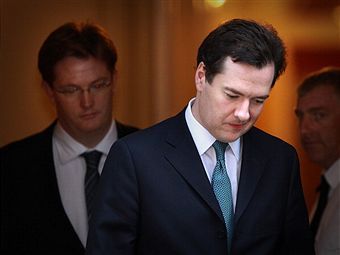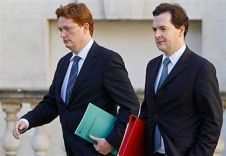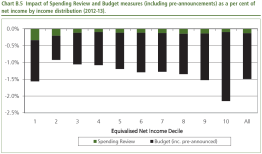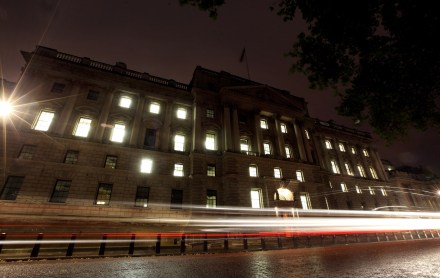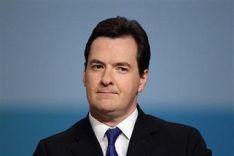Doing things right, but in the wrong way
In today’s spending review, George Osborne was absolutely right to hold the line on eliminating the structural deficit within one parliamentary term. In the Emergency Budget released earlier this year the coalition won fiscal credibility (and breathing space from international financial markets) by setting that goal. Failing to follow through on this goal at the first sign of difficulty would have damaged the government’s credibility and reputation in the eyes of international markets. The Chancellor was also absolutely right to highlight the need for public service reform and to look to the welfare budget to provide some large and early savings. The government spends more on welfare than on
